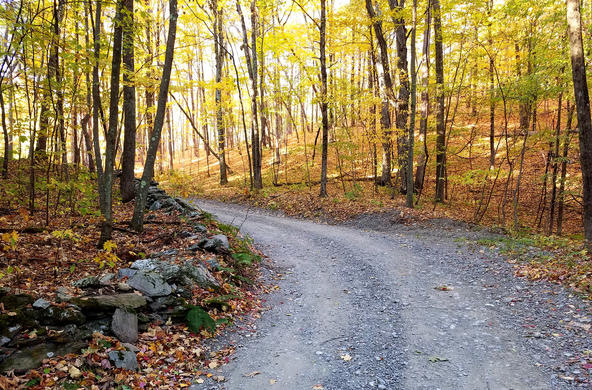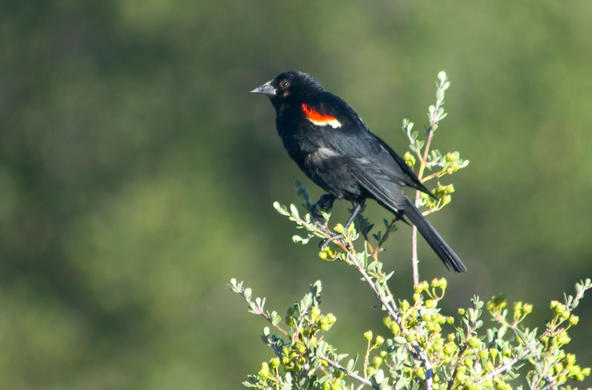Spring officially arrived on March 20. I caution myself from likening it to flipping on a light switch. This simplistic idea is born from too many winter days wishing for better weather. Realistically, spring is a transitional period when nature first takes halting, then cascading, steps from the scarcity of winter into the riotous surplus of summer. Signs of spring come and go throughout the first six months of the year and herald the changes taking place. What follows are some of my personal observations.
The first signs of coming spring begin in mid-winter and are subtle enough to go unnoticed. Following Dec. 21 (the winter solstice) we gain 2-3 minutes of daylight each day. This increasing daylight, along with delayed-but-warming temperatures, slowly allows living creatures to shift from coping with winter to securing mates and producing their next generation.
The onset of birdsong is an early harbinger of spring that also goes unnoticed until it catches me by surprise. I walk out one morning to scrape frost from the windshield and suddenly realize winter’s silence has been broken. Songs from resident chickadees, titmice, cardinals or the drumming of woodpeckers on dead trees greet the ear, and announce their intention to stake out turf and begin their own version of online dating.
Plants vary when and how they transition through spring. Some northern species (and their dormant seeds) require cold temperatures before they can grow. This chilling requirement reduces the likelihood that plants will sprout too early and then become frozen in a cold snap. Yet, many plants begin growth well before we notice, and the maple sap runs of February and March are one signal of this change. Many native woodland wildflowers grow and flower before deciduous trees leaf out, taking advantage of abundant but temporary sunlight passing through the leafless overstory.Invasive plants such as barberry and honeysuckle also have early bud-break strategies, which gives them competitive advantage over native shrubs and may help them dominate our woodlands.

Songs of spring peepers (Pseudacris crucifer), that diminutive frog with the big voice and wild "X" on its back, are a favorite spring sign. Peepers are but one of many local amphibian species that migrate to water each spring to find a mate and lay their eggs. These species have different mating times, resulting in an overlapping chain of migrations and choruses. Peepers and other frogs get the most attention because of their singing, but gatherings of other silent amphibians, such as salamanders, can be just as spectacular.
The return of migrating birds is a widely recognized and documented sign of spring, and birders expect a progression of species to return or pass through our area between January and June. Early migrants such as waterfowl and American woodcock (Scolopax minor) start the train, while latecomers such as neotropical warblers, vireos and orioles bring up the rear. Like other such signs of spring, the timing of their migration is influenced by climate and weather. In 2011, Cary Institute scientists reviewed Dutchess County return dates for 44 migrating bird species recorded by the Ralph T. Waterman Bird Club. They found 91 percent of these species were arriving earlier now compared with a century ago (an average of 11.6 days earlier!). This is clear evidence of the effects of climate change in our region.
New signs of spring appear almost daily this time of year. Warming temperatures and improving weather beckon us outside to look for them. Don’t be put off if April showers create less than perfect days — outrageous gatherings of amphibians are best heard on rainy occasions!






